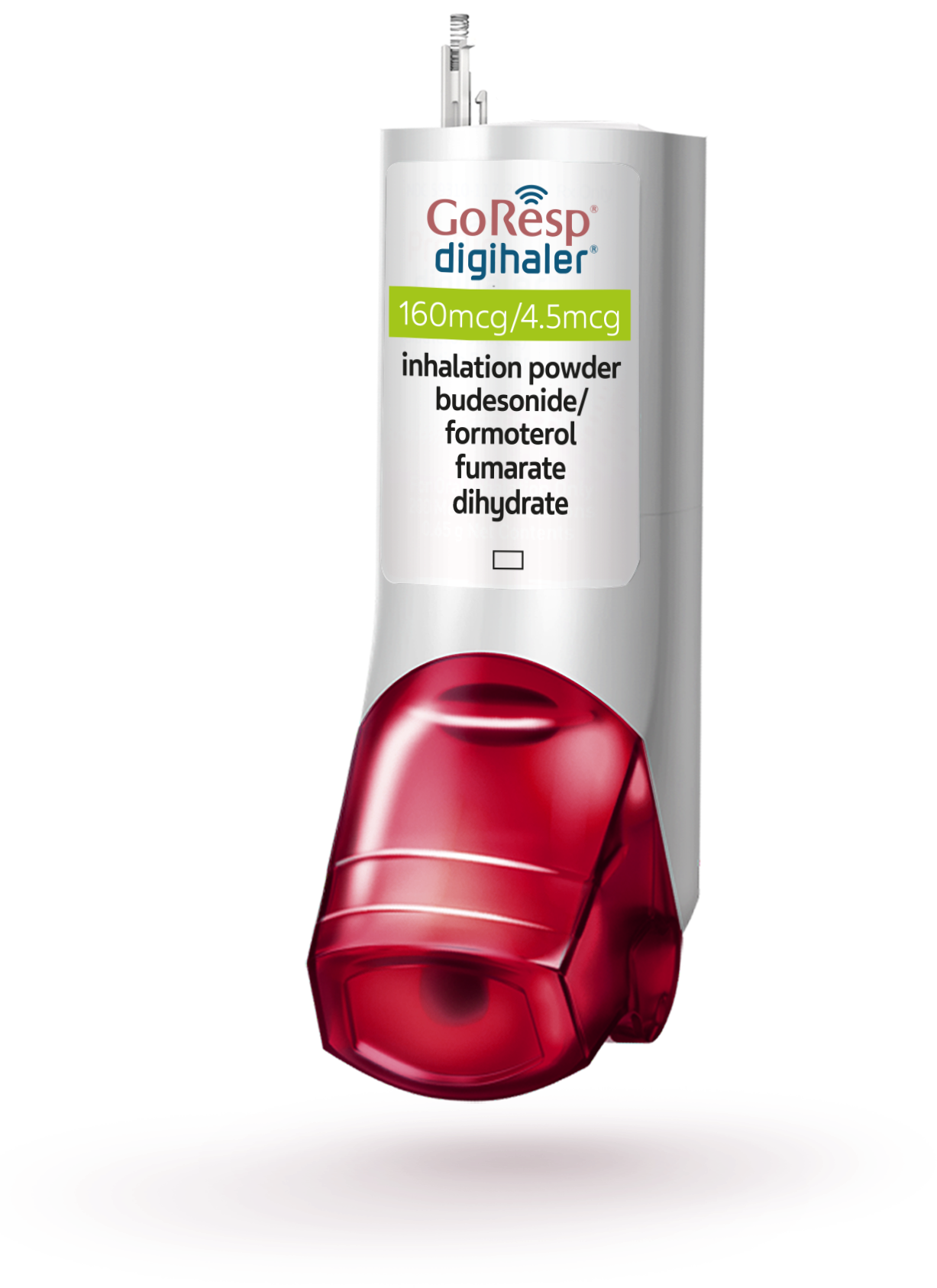Popup block with close button




Migraine
A migraine is a headache that can cause severe throbbing pain or a pulsing sensation, usually on one side of the head. It's often accompanied by nausea, vomiting, and extreme sensitivity to light and sound. Migraine attacks can last for hours to days, and the pain can be so severe that it interferes with your daily activities.
For some people, a warning symptom known as an aura occurs before or with the headache. An aura can include visual disturbances, such as flashes of light or blind spots, or other disturbances, such as tingling on one side of the face or in an arm or leg and difficulty speaking.
Medications can help prevent some migraines and make them less painful. The right medicines, combined with self-help remedies and lifestyle changes, might help.

When to see a doctor?
Migraines are often undiagnosed and untreated. If you regularly have signs and symptoms of migraine, keep a record of your attacks and how you treated them. Then make an appointment with your doctor to discuss your headaches.
See your doctor immediately or go to the emergency room if you have any of the following signs and symptoms, which could indicate a more serious medical problem:
- An abrupt, severe headache like a thunderclap
- Headache with fever, stiff neck, confusion, seizures, double vision, numbness or weakness in any part of the body, which could be a sign of a stroke
- Headache after a head injury
- A chronic headache that is worse after coughing, exertion, straining or a sudden movement
- New headache pain after age 50
Speakers at the events




